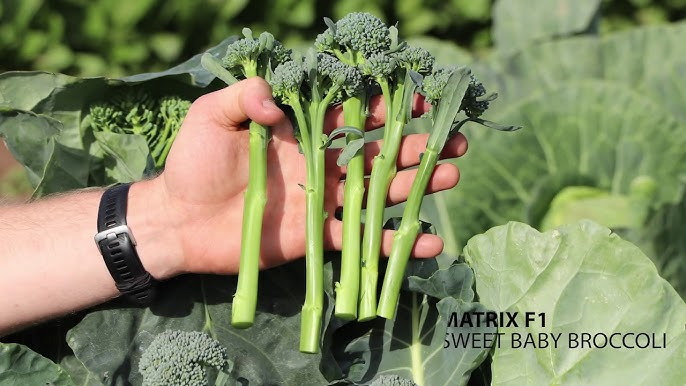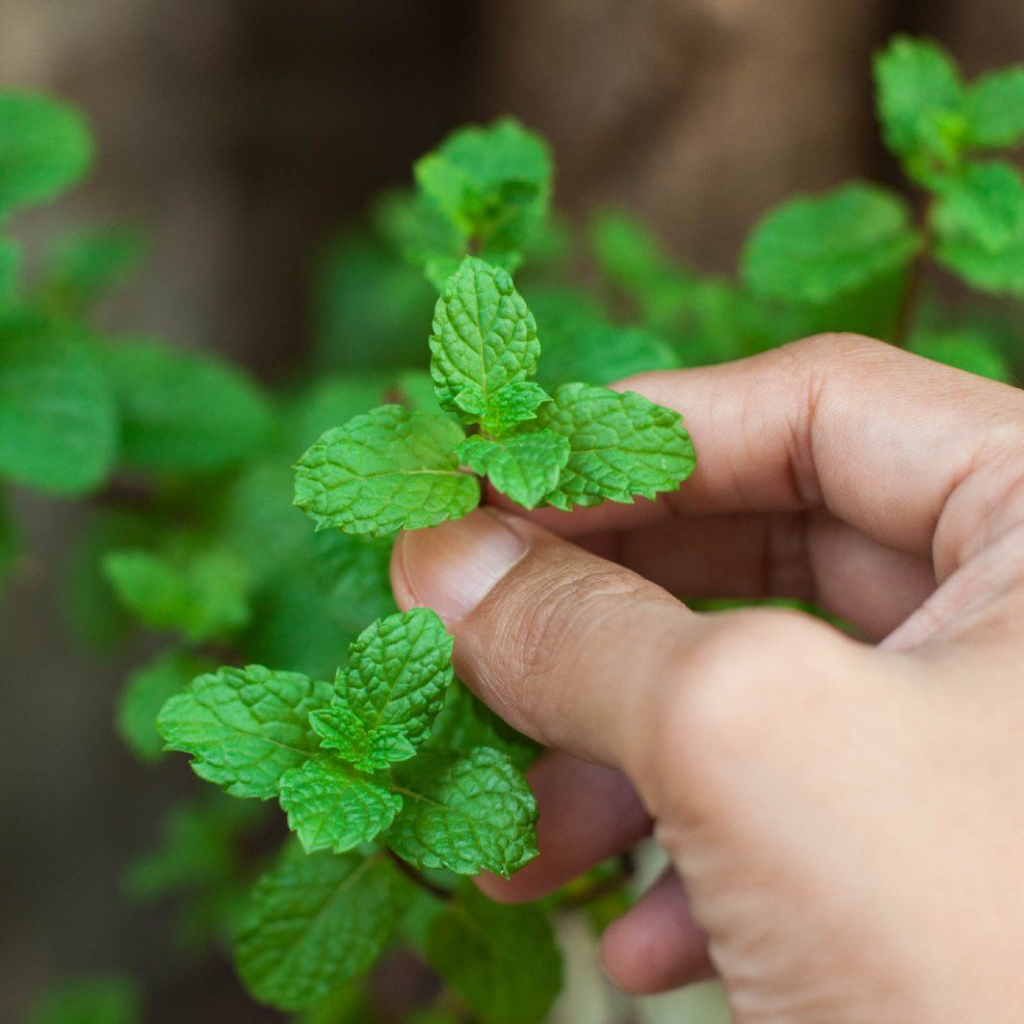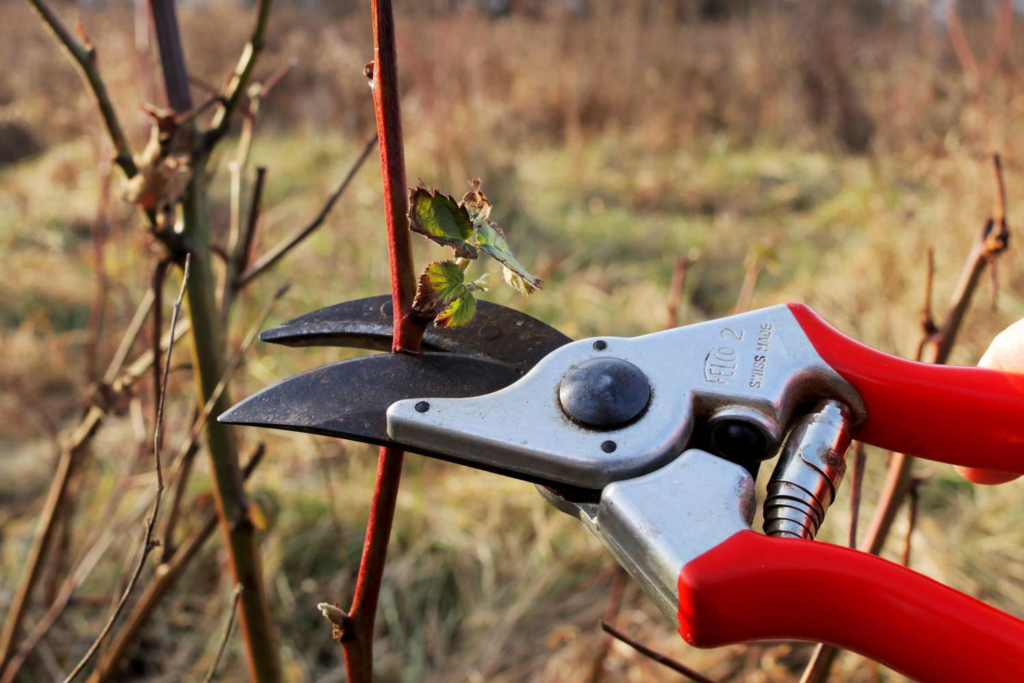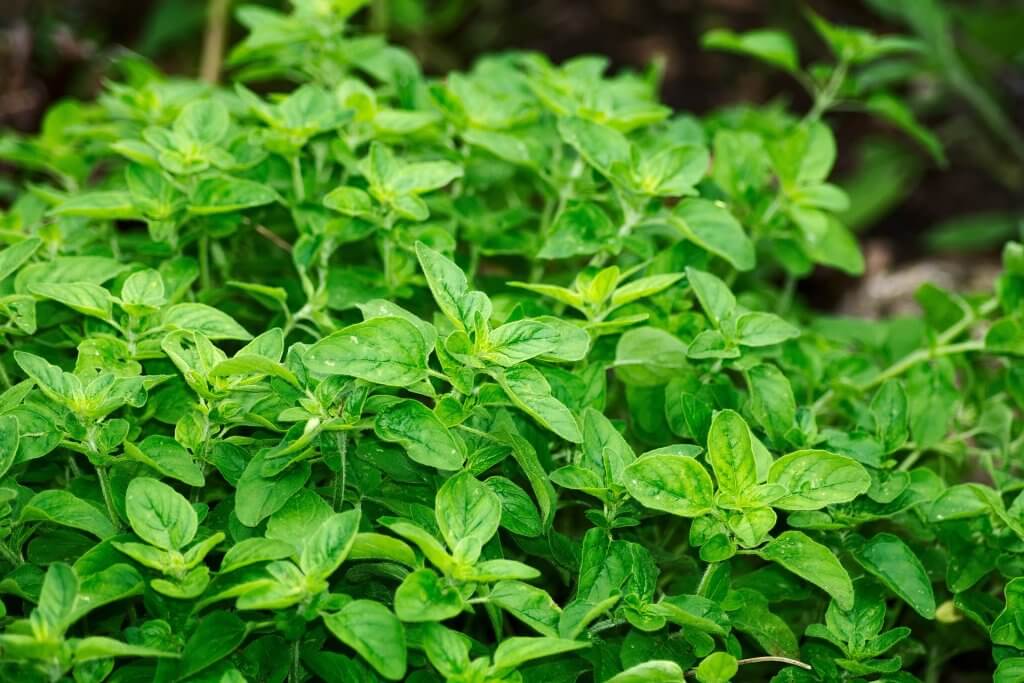By Barbara PleasantFebruary 23, 2023
After weeks of nurturing seedlings or carefully planting herbs and flowers, it can feel surprising—perhaps even painful—that you need to pinch off their growing tips or flowers. Yet, for many herbs, flowers, and some vegetables, this act of pinching is crucial to promoting healthy, productive growth.
Pinching is a form of light pruning done on young, tender stems. This technique resets the plant’s maturation process, encouraging it to focus on producing more leaves rather than flowers. By pinching the growing tip, two new stems will form at the node (where the stem meets a branch), leading to more branching and a fuller, healthier plant.
Boost Yields of Baby Broccoli
For baby broccoli varieties, pinching can significantly improve the harvest. Once the first central head starts to elongate, even if the plant is still small, pinch it off. This helps keep the plant uniform and encourages the growth of many side branches, leading to a much larger yield. About ten days after pinching, you’ll begin harvesting small, tender broccoli heads regularly for fresh eating or freezing.

Prevent Leafy Herbs From Flowering
Many leafy herbs, like basil, thrive when pinched back regularly. Basil, in particular, has a tendency to flower before producing its most flavorful leaves. Pinch basil when it reaches about 6 inches tall or just above the fourth node on the main stem. This simple action will prompt the plant to focus on growing more lush, leafy growth, ensuring a steady supply of fresh leaves. For varieties like Thai basil or tulsi basil, which tend to flower heavily, weekly pinching will help keep them productive throughout the season.
Promote Bushy Growth in Mints and Other Herbs
Herbs like mint, marjoram, and oregano also benefit from pinching. Mints, in particular, love being pinched, and doing so early in the season will encourage them to grow in a bushy, vigorous habit. Regular pinching delays flowering, extending the harvest of fresh sprigs for your kitchen and spice cabinet.

Pinch Potatoes for Better Crops
The debate over whether to pinch potato flowers has been ongoing for years, but most gardeners agree that removing potato flowers is beneficial. If left unchecked, potato flowers can develop into green, inedible fruits, which diverts energy away from tuber production. By pinching off the flowers early, you can encourage the plant to focus on producing high-quality potatoes instead of seeds.
Tip-Prune Raspberries and Blackberries for Easier Harvesting
Tip pruning, which involves cutting back the tips of canes, is particularly useful for thorny bramble fruits like raspberries and blackberries. While you can’t pinch these plants with your fingers, using pruning shears to trim the tips helps stimulate lateral branch growth. This makes the plants bushier, easier to manage, and simpler to cover with netting to protect fruit from birds. Tip pruning also encourages more berries and makes picking much easier.

Make Annual Flowers More Floriferous
Annual flowers like petunias, marigolds, and geraniums benefit from an early pinch. These plants are often sold in bloom to attract buyers, but the best way to maximize flower production is to pinch off the first blooms right after planting. This forces the plant into vegetative growth for a few weeks, but once it recovers, it will produce twice as many blooming branches. This technique results in longer-lasting and more vibrant flowers throughout the growing season.
Conclusion
Pinching may seem counterintuitive at first, but it is a valuable technique for encouraging better growth, increased yields, and more vibrant plants. Whether you’re growing herbs, vegetables, or flowers, a little pinch can go a long way in improving the overall health and productivity of your garden.
